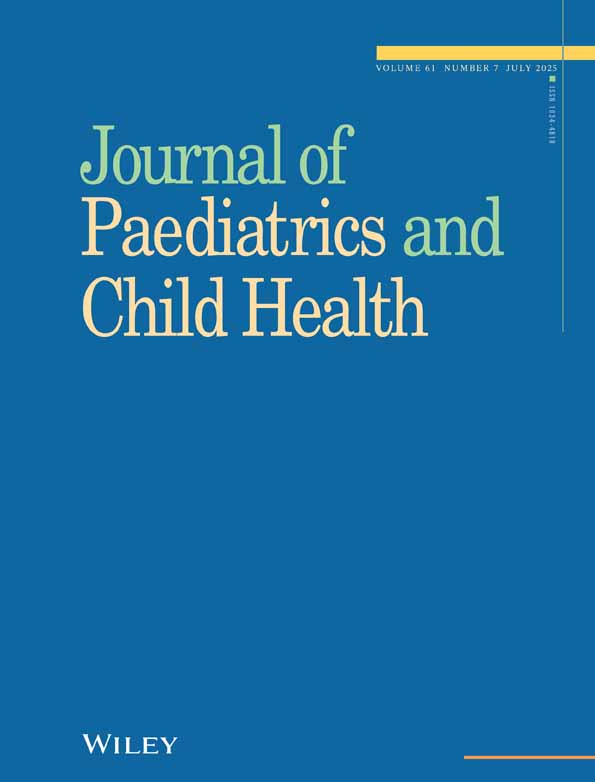SCREENING FOR AMINOACIDURIA: A CRITICAL EVALUATION OF FOUR TECHNIQUES AND A SURVEY OF A MENTALLY RETARDED POPULATION*
This work was supported by grants from the Apex Foundation for Research into Mental Retardation, the National Health and Medical Research Council, and The Three R's Research Fund.
SYNOPSIS
Ascending and descending chromatography on paper, ascending chromatography on prepared thin-layer plates, and high voltage electrophoresis (HVE) on paper, were compared to determine the methods of choice for the detection of aminoaciduria in the newborn community of Victoria (70,000 per year) and among babies with suggestive symptoms (up to 100–200 per week). All methods were found reproducible and of very similar cost (7.3 cents to 9.9 cents per sample). HVE was clearly the most sensitive method and appears to be the best methods for testing symptomatic patients. However, the work load involved in community screening is more readily handled by thin-layer chromatography which proved more sensitive than paper chromatography.
An HVE survey of 1,067 mentally retarded children and 725 children of low normal and borderline intelligence confirmed the presence of 21 patients with phenylketonuria, 1 with tyrosinaemia, 4 with various forms of cystinuria and 2 with sarcosinaemia.




